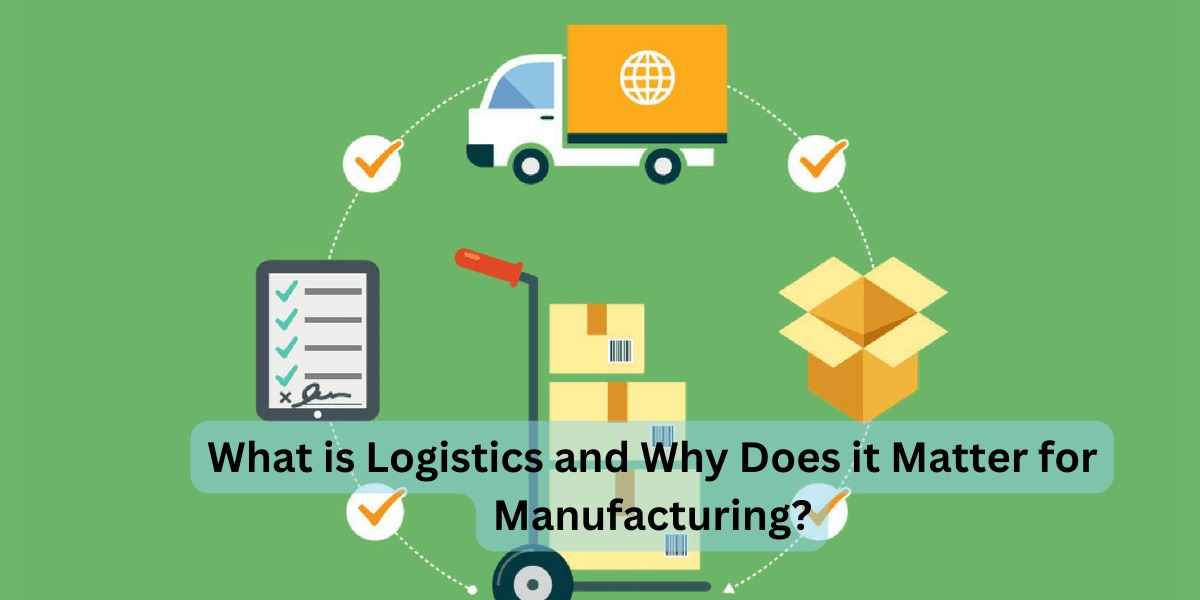The Shovelware Revolution: How Will Logistics Works

Shovelware is a term used to describe software that is designed for a specific purpose or niche. It’s the kind of software that you would find in a particular industry, or maybe even just in one company. In the past, this type of software was considered a necessity. But with the advent of new technologies, it’s become easier and cheaper to develop more generalized applications that can serve multiple purposes and industries.
This has led to a shovelware revolution in the software industry, where companies are starting to see the benefits of developing more generalized applications. In this blog post, we will explore how this revolution is affecting the logistics industry and what it could mean for the future of work.
What is Shovelware?
Shovelware is a term used to describe software that is created to perform a specific task or tasks and is typically sold as part of a larger package of software. The term is often used in a negative sense to describe software that is not well designed or integrated into the larger package.
The Different Types of Shovelware
There are many different types of shovelware, each with its own advantages and disadvantages. Here are some of the most popular types:
- Standard Shovelware: This is the most basic type of shovelware, and is typically the cheapest. It is designed for general purpose use, and is not particularly specialized.
- Heavy Duty Shovelware: This type of shovelware is designed for heavy-duty use, and is usually more expensive than standard shovelware. It is often made of stronger materials, such as steel, and may have a larger blade or other features that make it more durable.
- Multi-Purpose Shovelware: As the name suggests, this type of shovelware can be used for multiple purposes. It is often more expensive than standard shovelware, but can be worth the investment if you need a versatile tool.
- Snow Shovels: These are specially designed for clearing snow, and typically have a wider blade than other types of shovelware. They may also have special features such as an ice-breaker at the end of the blade to make it easier to clear stubborn snowbanks.
- Garden Shovels: These are specially designed for gardening tasks, such as digging holes or turning soil. They often have a smaller blade than other types of shovelware, which makes them ideal for maneuvering in tight spaces.
Pros and Cons of Shovelware
Software applications that come bundled with hardware devices are commonly known as shovelware. These apps are usually pre-installed on the devices and cannot be uninstalled without root access. Many people consider them to be bloatware because they take up valuable storage space and resources, and they are often unnecessary for the average user.
There are both advantages and disadvantages to having shovelware installed on your device. On the plus side, it can be convenient to have certain apps already installed and ready to go when you first start using a new device. For example, if you buy a new smartphone, it’s likely that it will come with a few basic apps like a calculator, clock, and calendar already installed. This can save you time from having to download and install these apps yourself.
If You are Lookig For Best Logistics Company In Dubai then Click On The Blow Button.

Another advantage of shovelware is that it can sometimes be useful in specific situations. For instance, if you’re traveling abroad and need to convert currency, there’s a good chance that there will be a currency converter app pre-installed on your phone. This can save you from having to search for and download a converter app while you’re in another country with limited data or Wi-Fi access.
There are also some disadvantages to having shovelware on your device. One of the biggest problems is that these apps often take up valuable storage space, which can quickly fill up your device’s memory if you have a lot of them installed. Additionally, many people never use the majority of the apps that come
How Will Logistics Work with Shovelware?
In the past, logistics has been largely about getting the right product to the right customer at the right time – a challenge that has only become more complex as businesses have become more global and consumers have become more demanding. But with the advent of shovelware – software that automates and simplifies many of the tasks associated with logistics – logistics is evolving into something new.
Shovelware is already having a major impact on logistics, from providing real-time visibility into inventory levels to helping route planning become more efficient. And as shovelware continues to evolve, it will only become more integral to the way logistics works. Here are some of the ways that experts believe shovelware will change logistics in the years to come:
- Increased automation: Today, many of the tasks associated with logistics are still done manually, from data entry to tracking shipments. But as shovelware becomes more sophisticated, it will automate more and more of these tasks, freeing up time for logistics professionals to focus on other areas.
- Greater visibility: One of the most powerful impacts of shovelware is its ability to provide real-time visibility into every aspect of the supply chain. This information can be used to make better decisions about inventory levels, shipping routes, and much more.
- More efficient planning: Another benefit of increased visibility is that it enables better planning when it comes to things like freight routing and capacity utilization.
Alternatives to Shovelware
There are many alternatives to shovelware, and the best one depends on your needs. If you need a simple, lightweight solution for quickly getting data into and out of your warehouse, then a product like FileZilla or Cyberduck might be a good fit. If you need something more robust and feature-rich, then an alternative like SmartWarehouse might be a better option.
The magazine industry is evolving rapidly to stay in line with the ever-changing technological landscape. One of the future trends in the industry is the incorporation of VR and AR technologies. With the emergence of virtual and augmented reality, magazines are looking for ways to offer readers a more immersive and interactive experience. By incorporating these technologies, magazines can create engaging content that goes beyond traditional printed pages.




